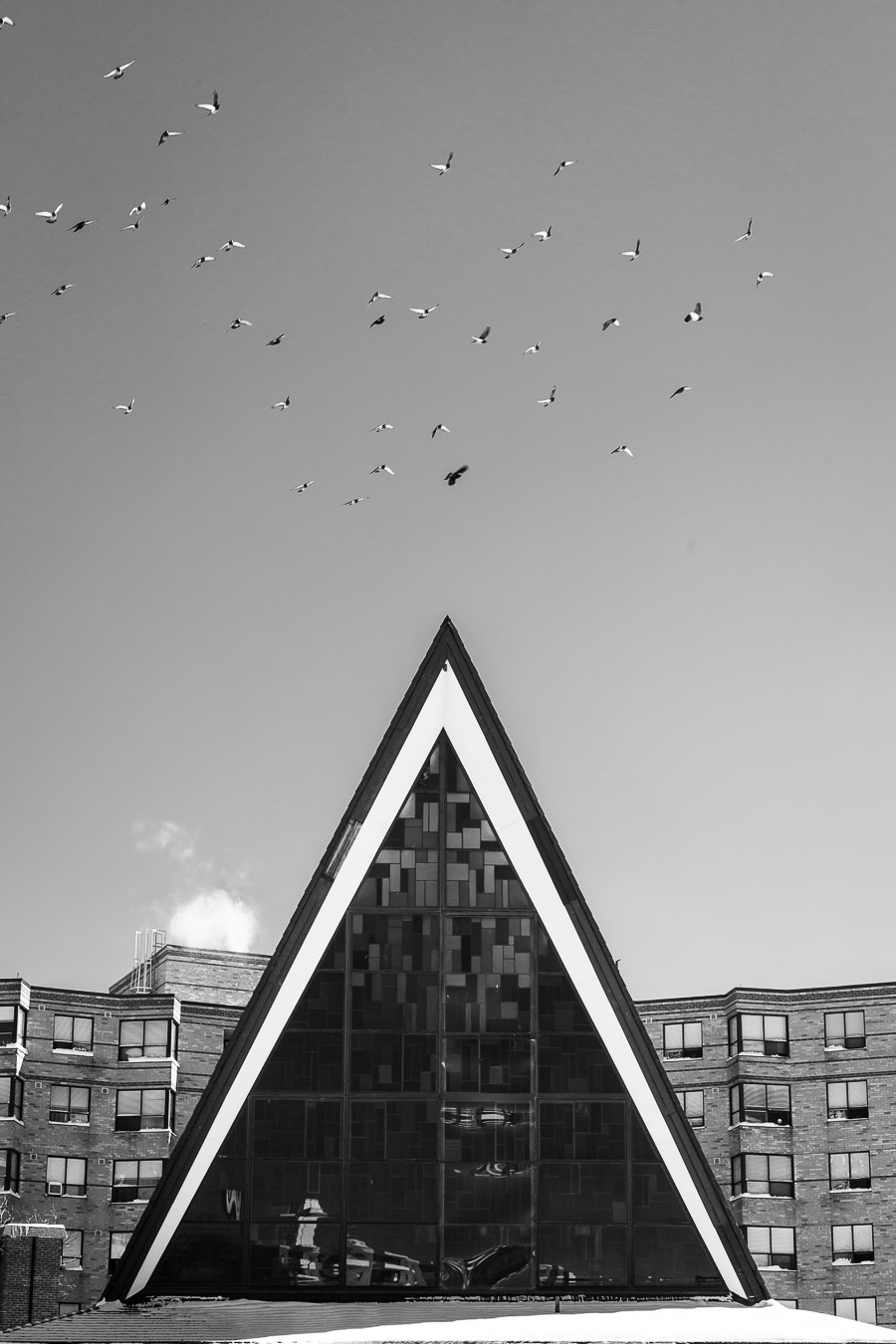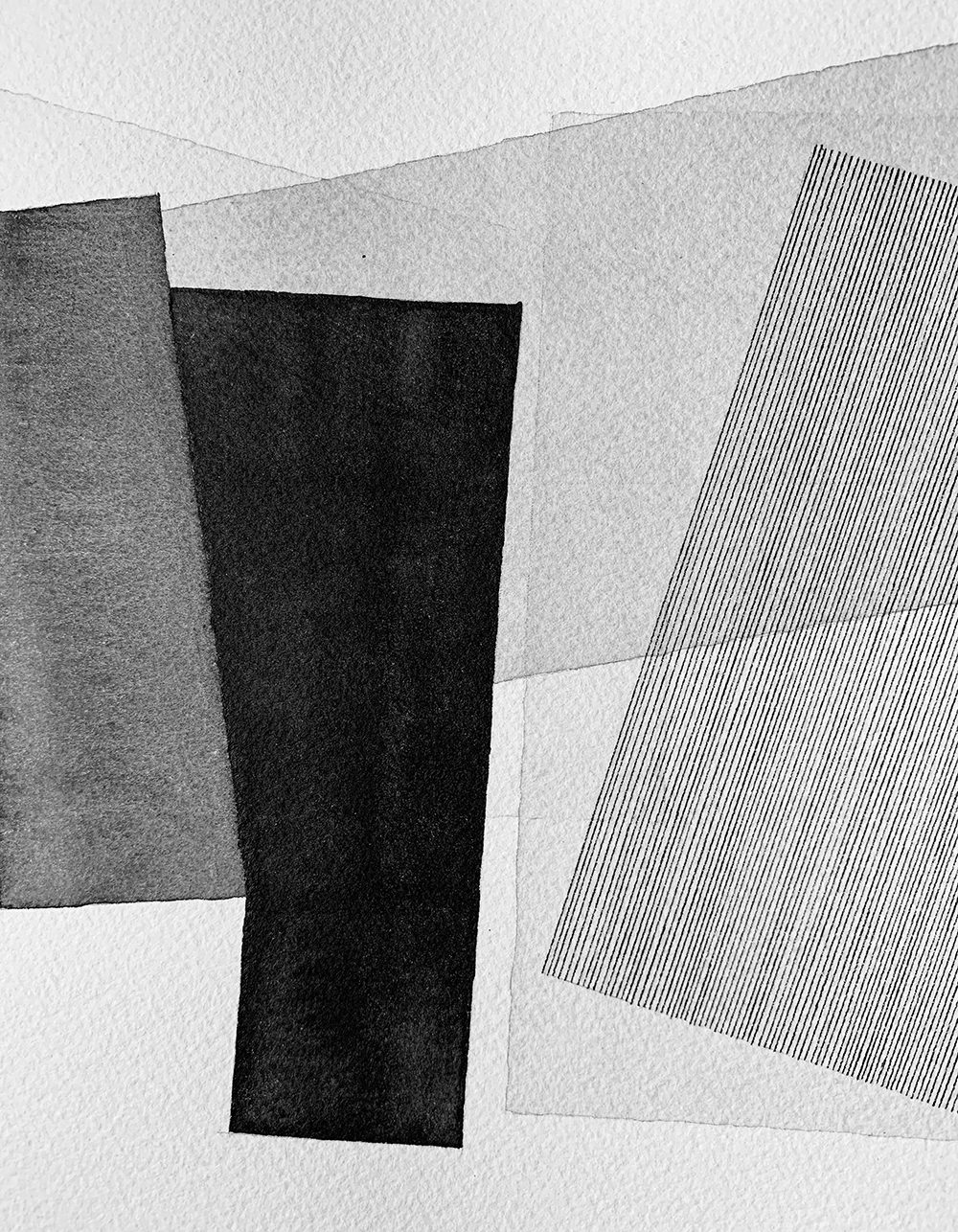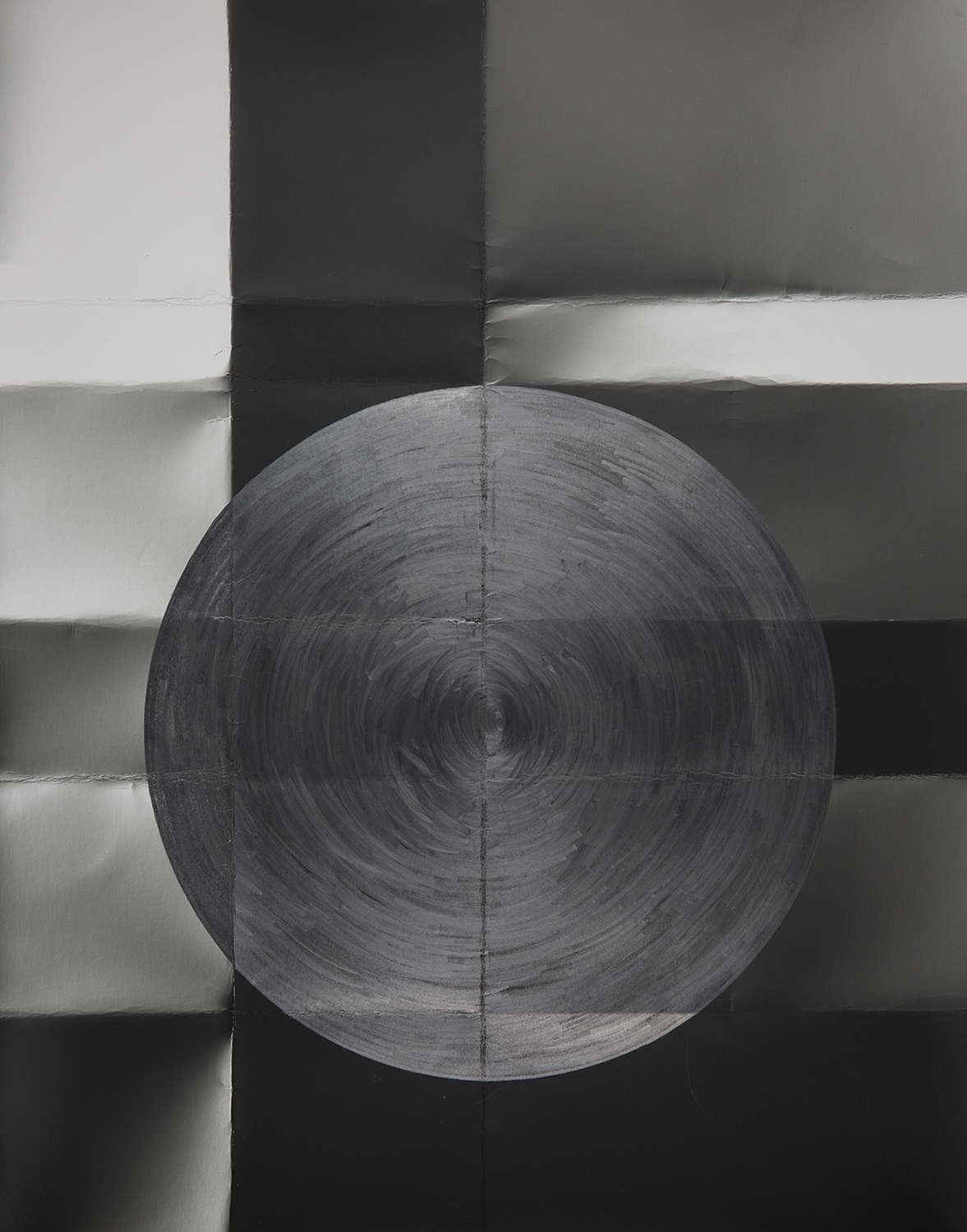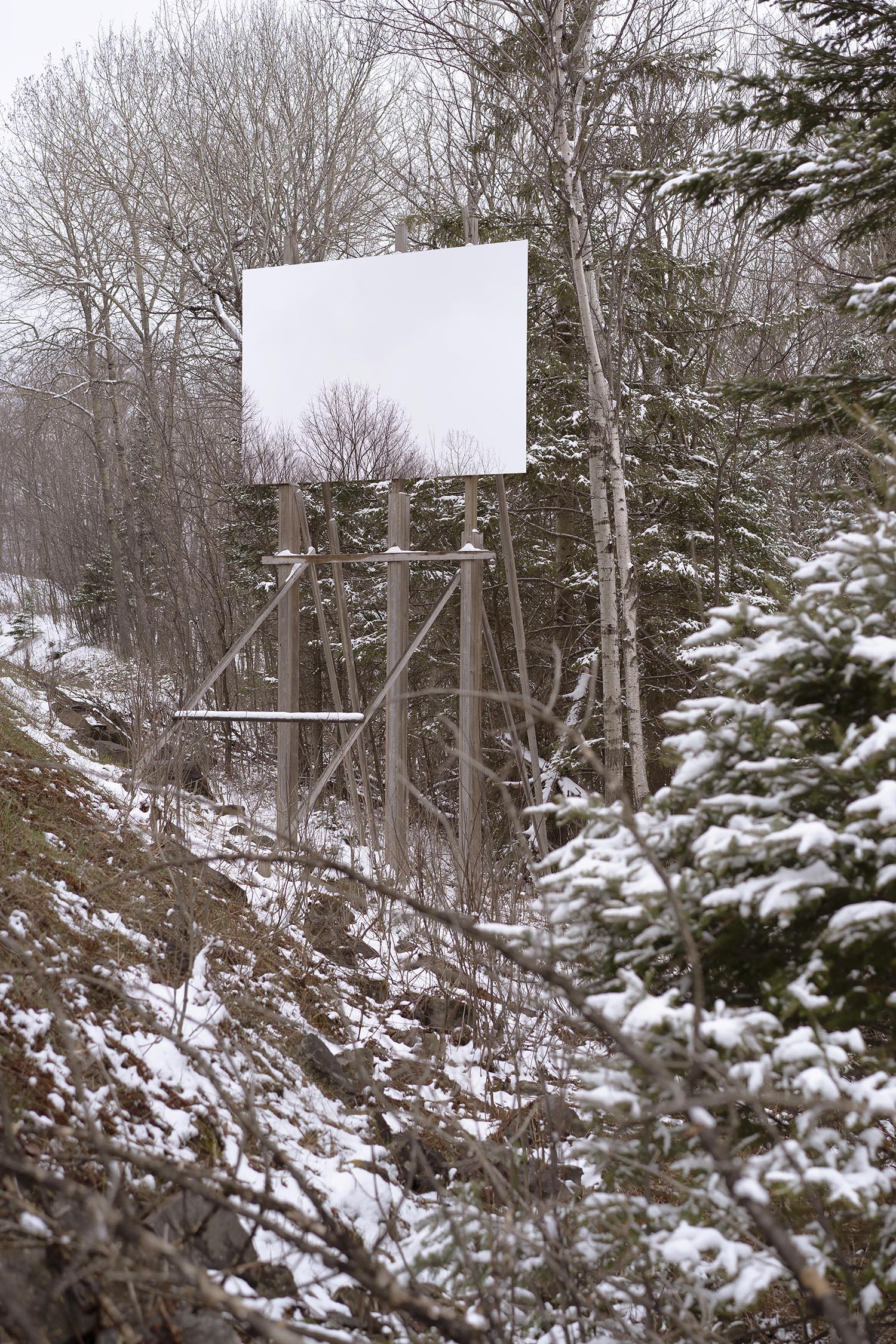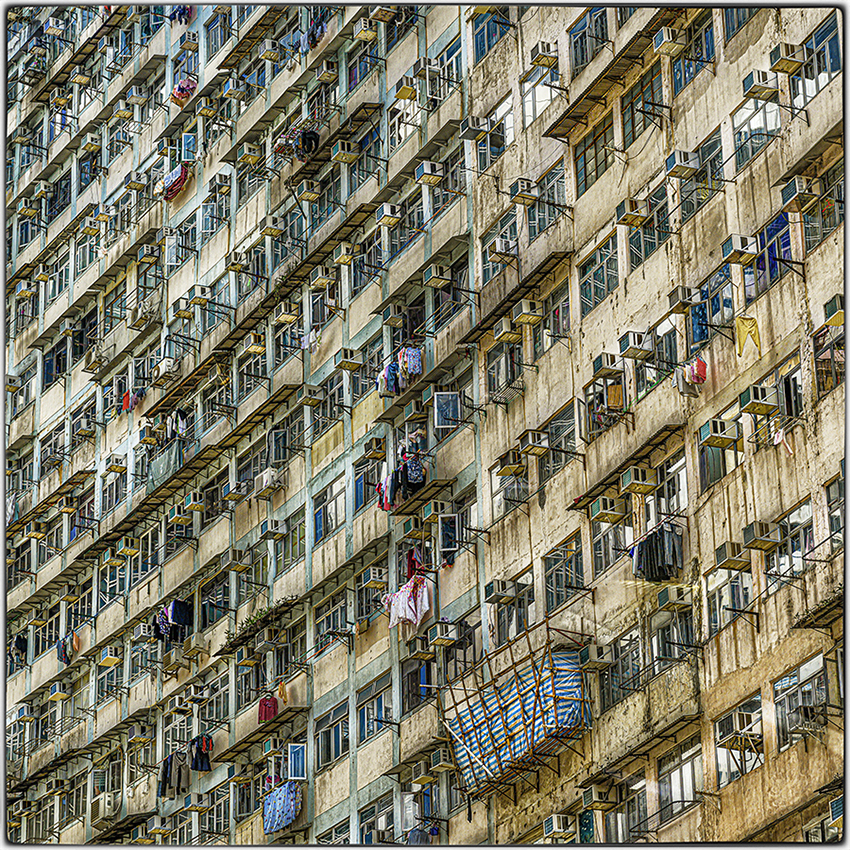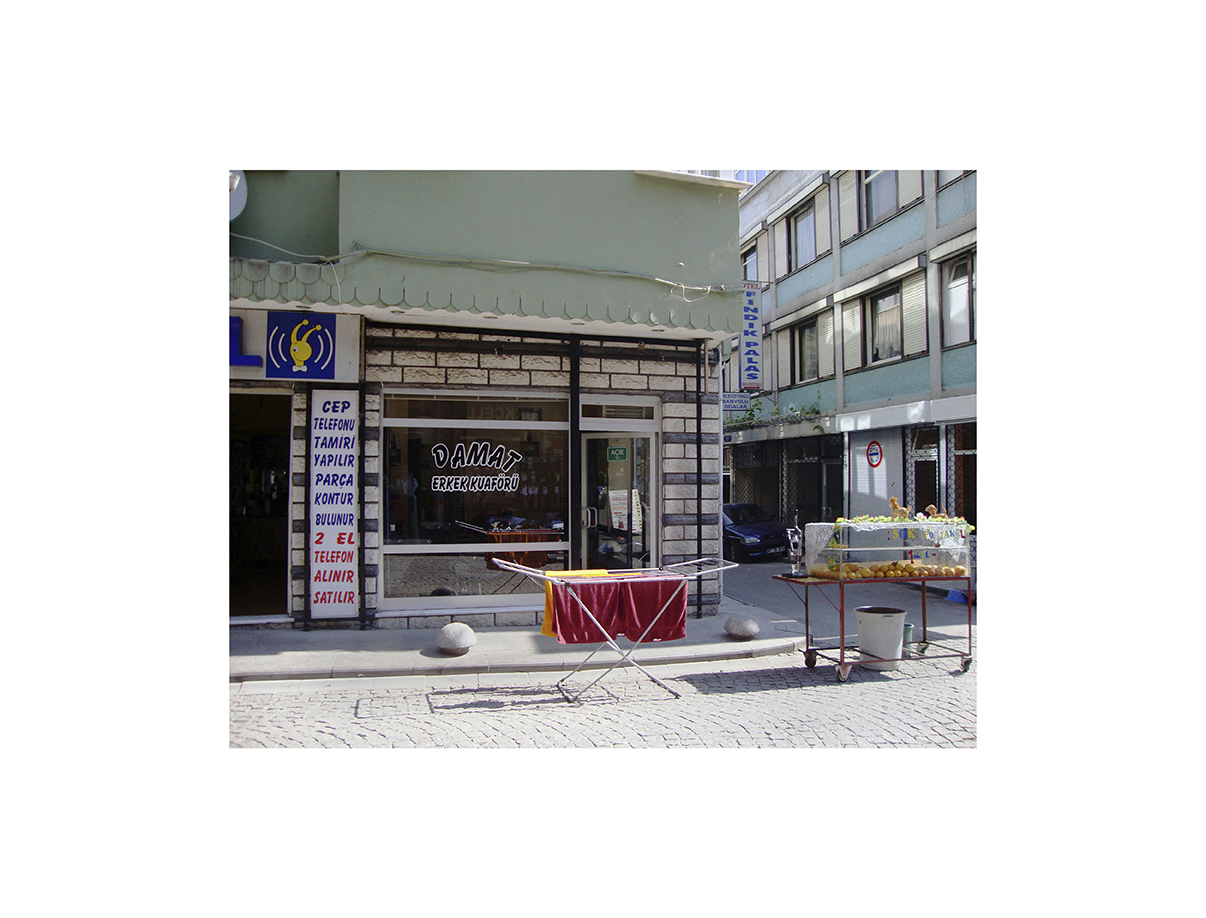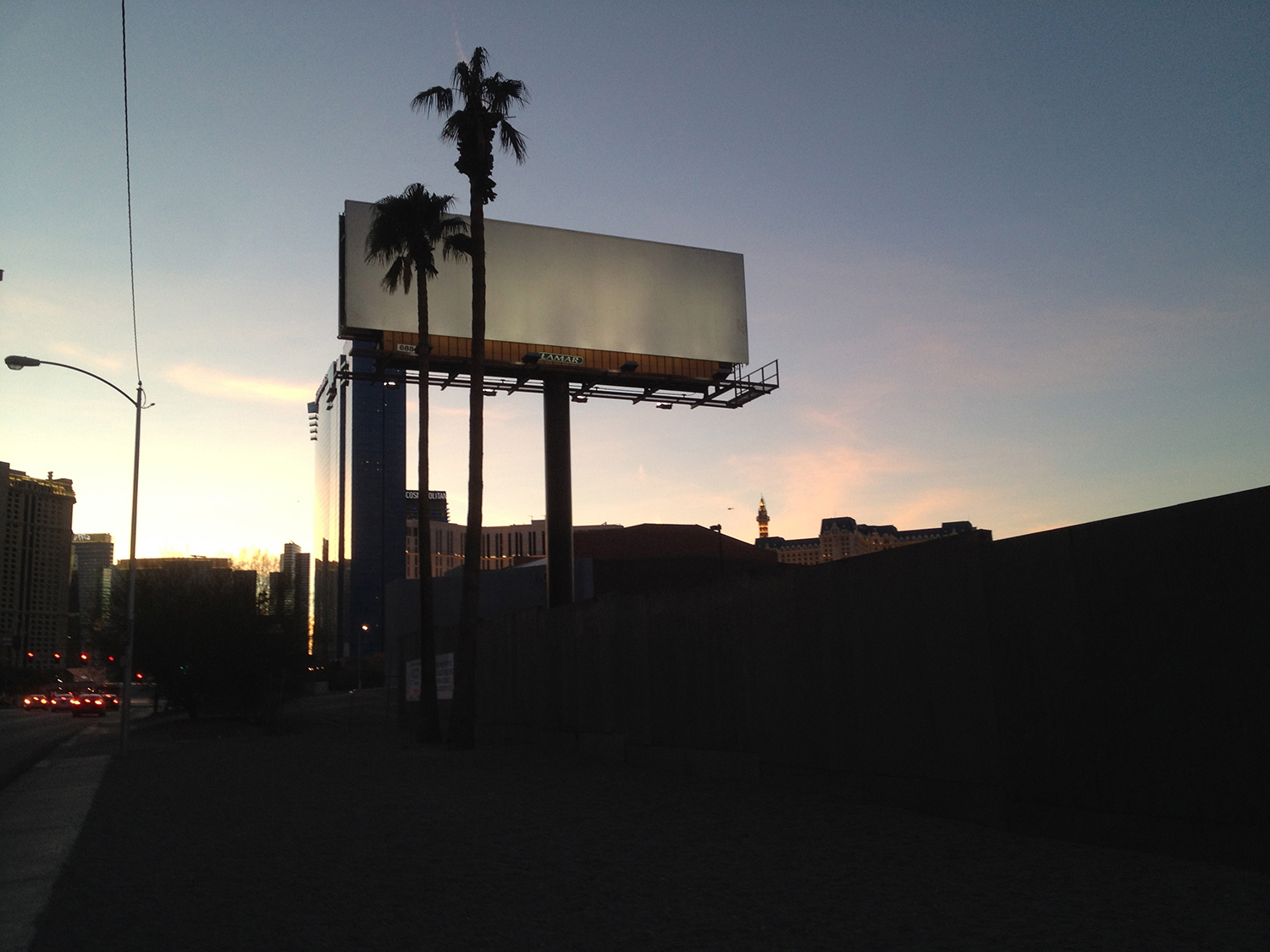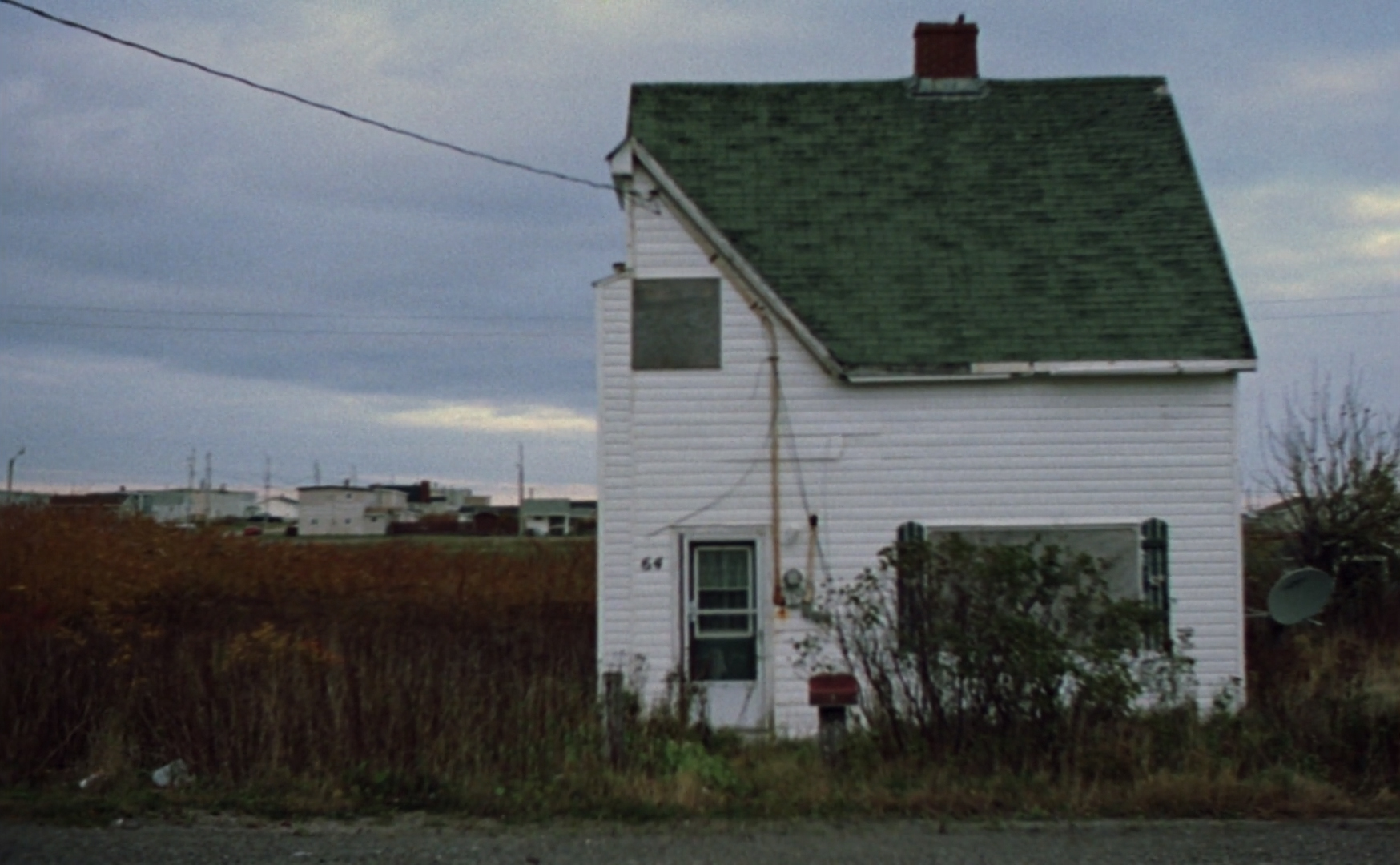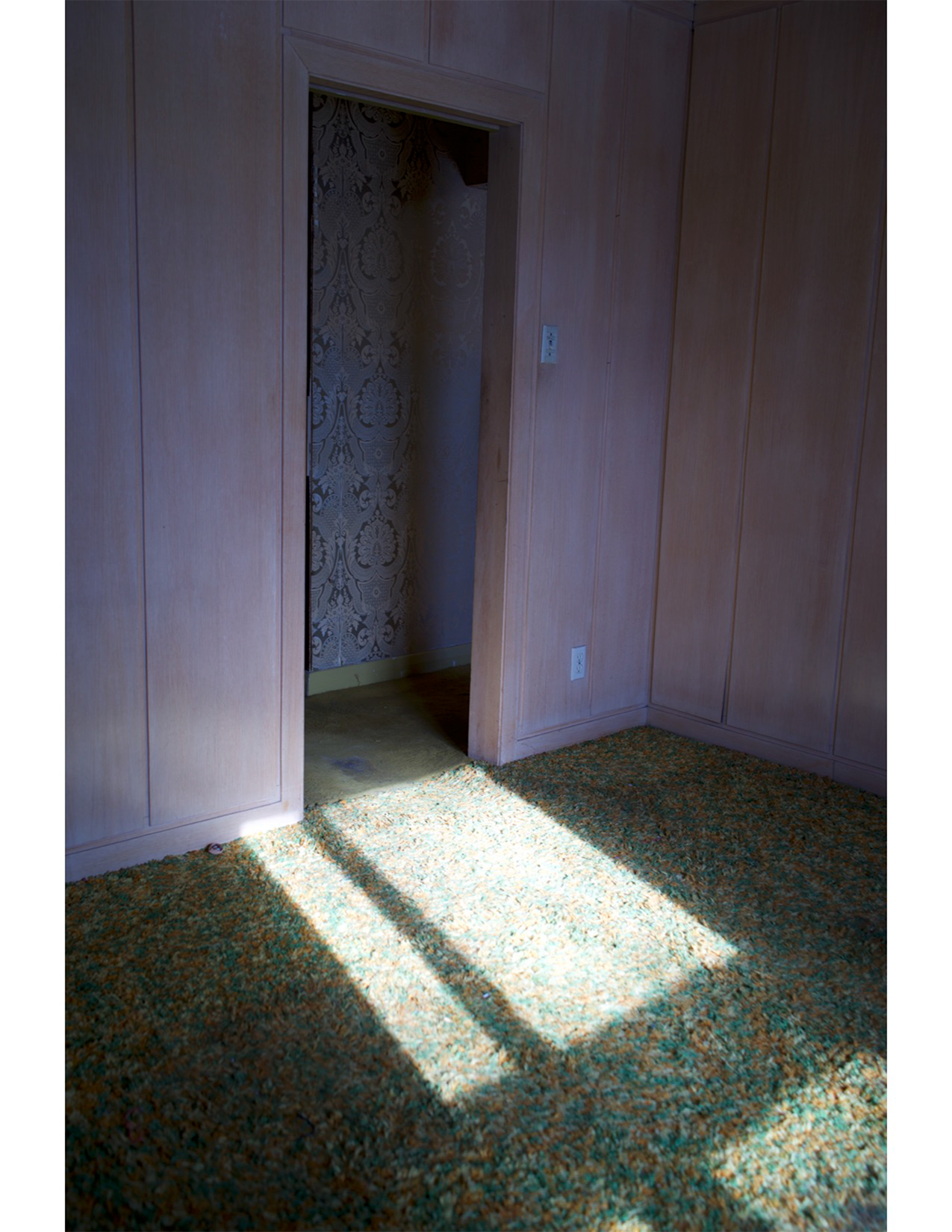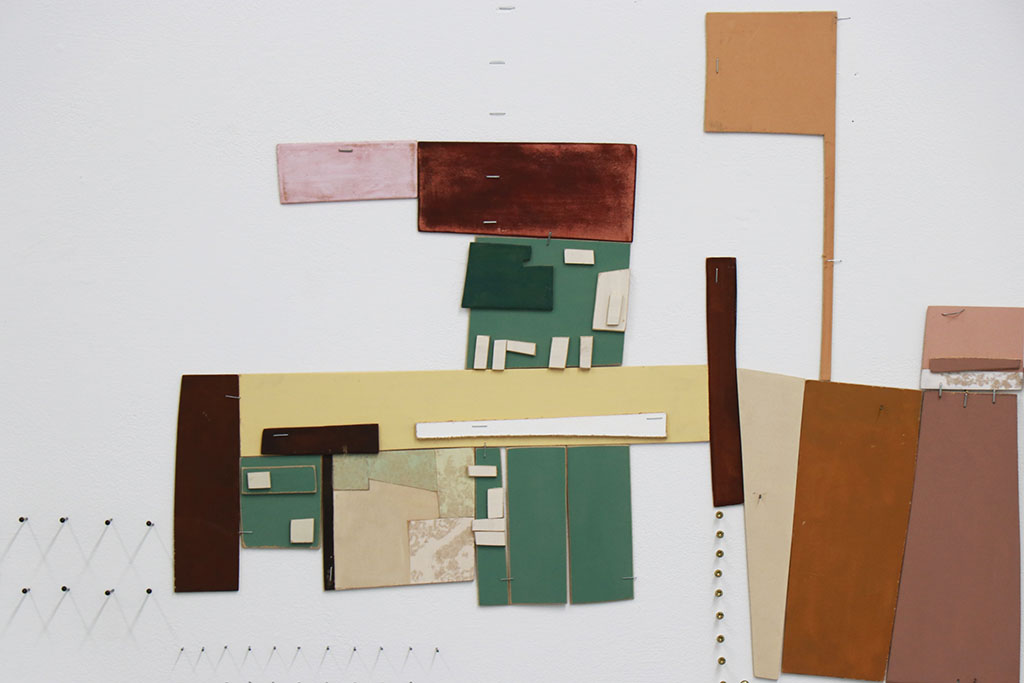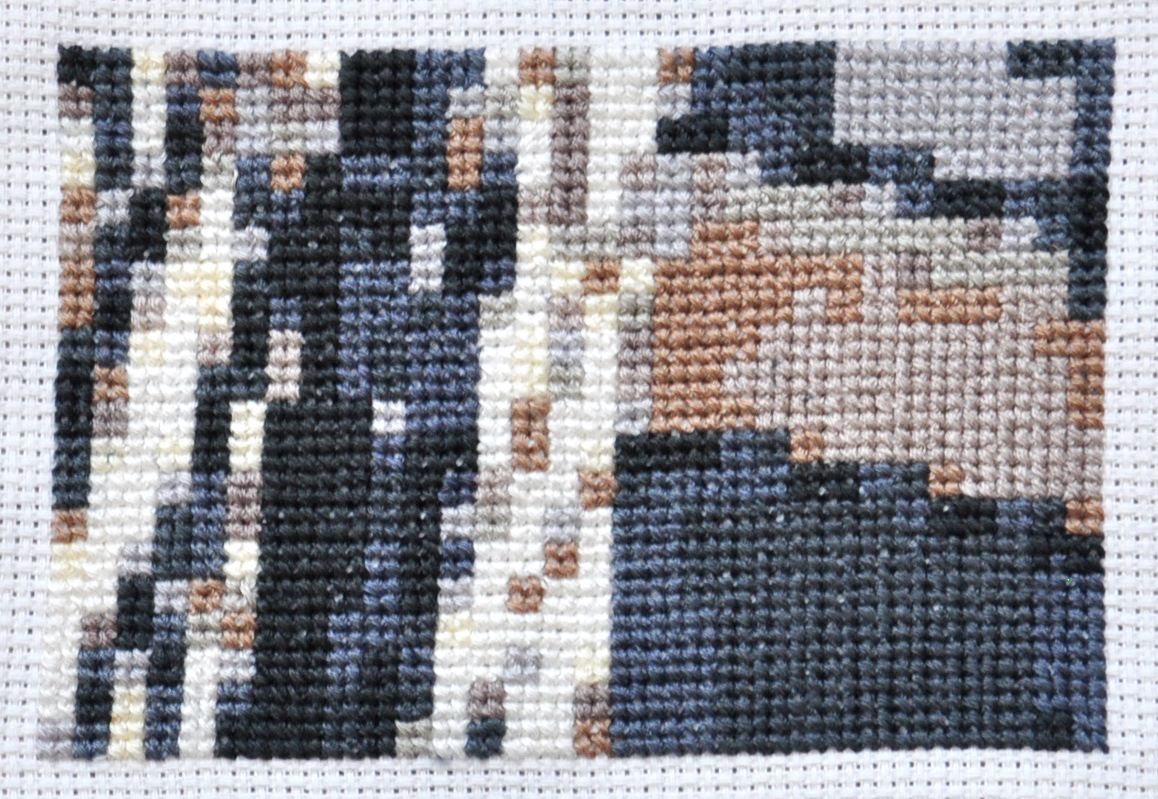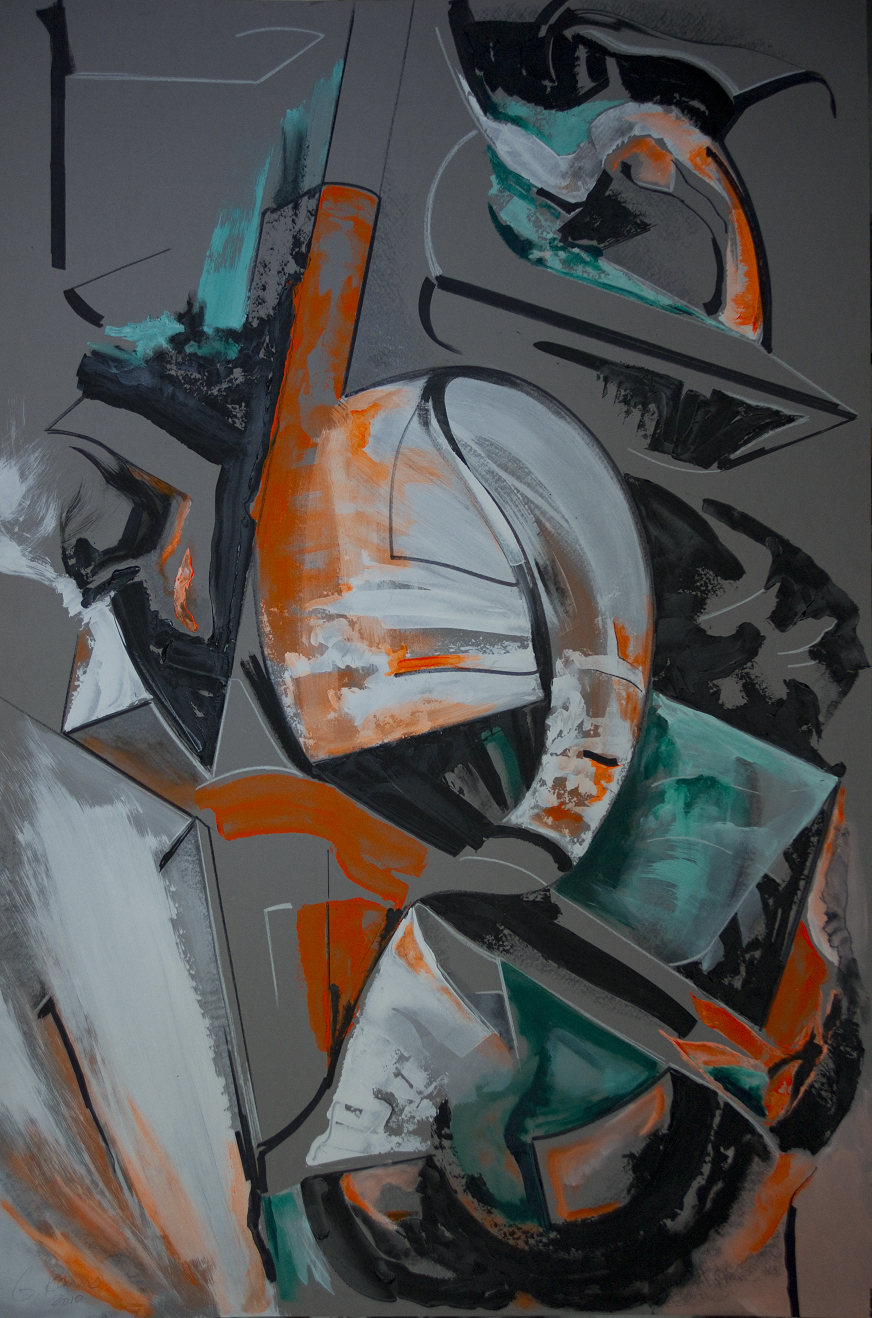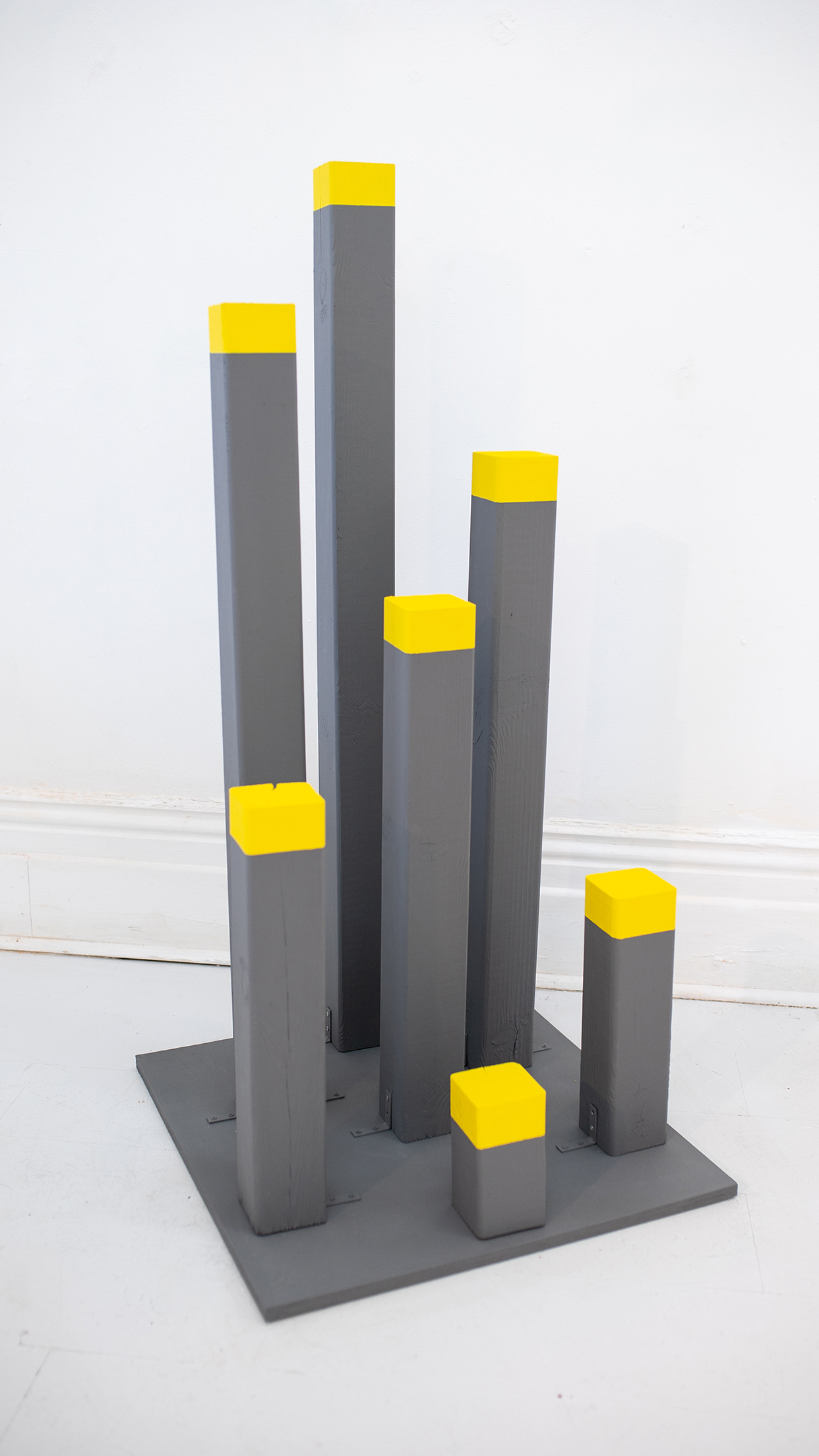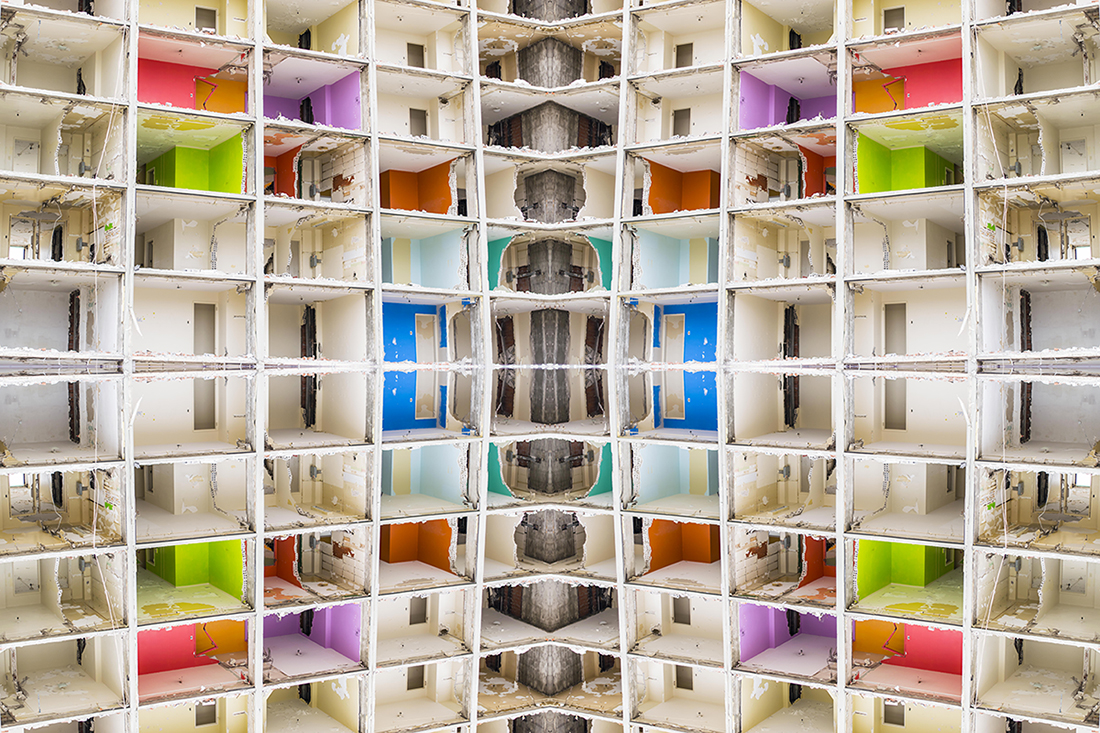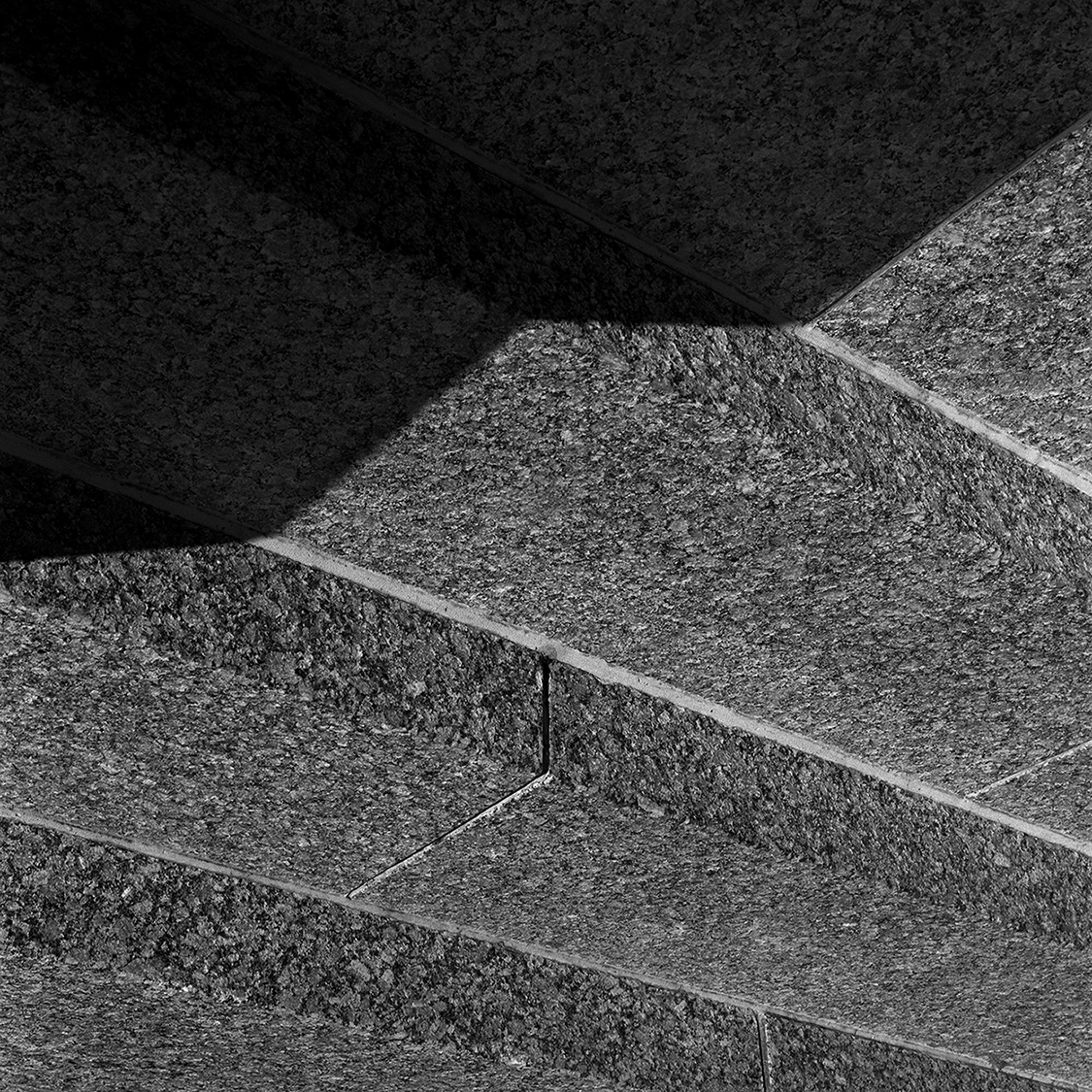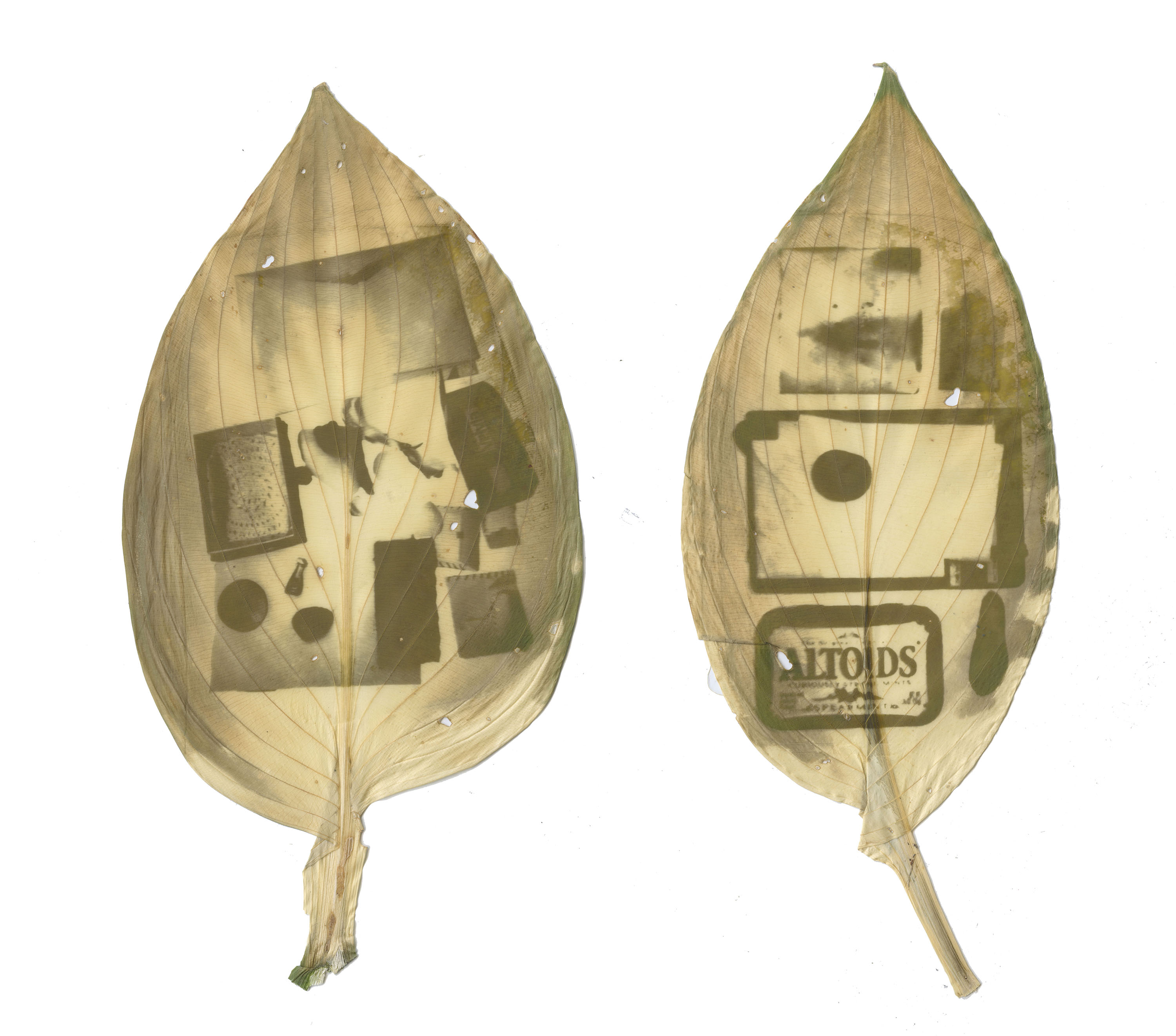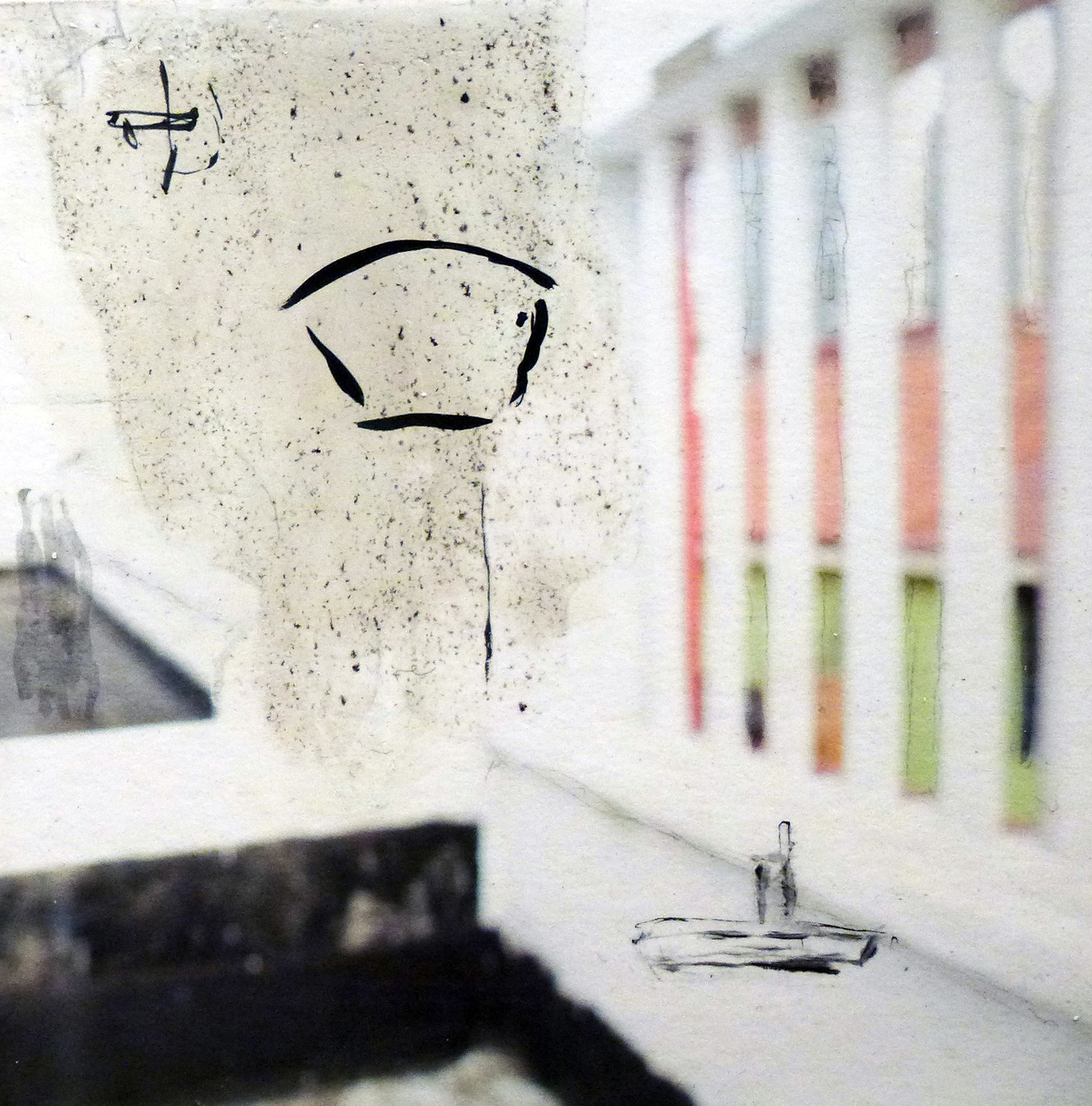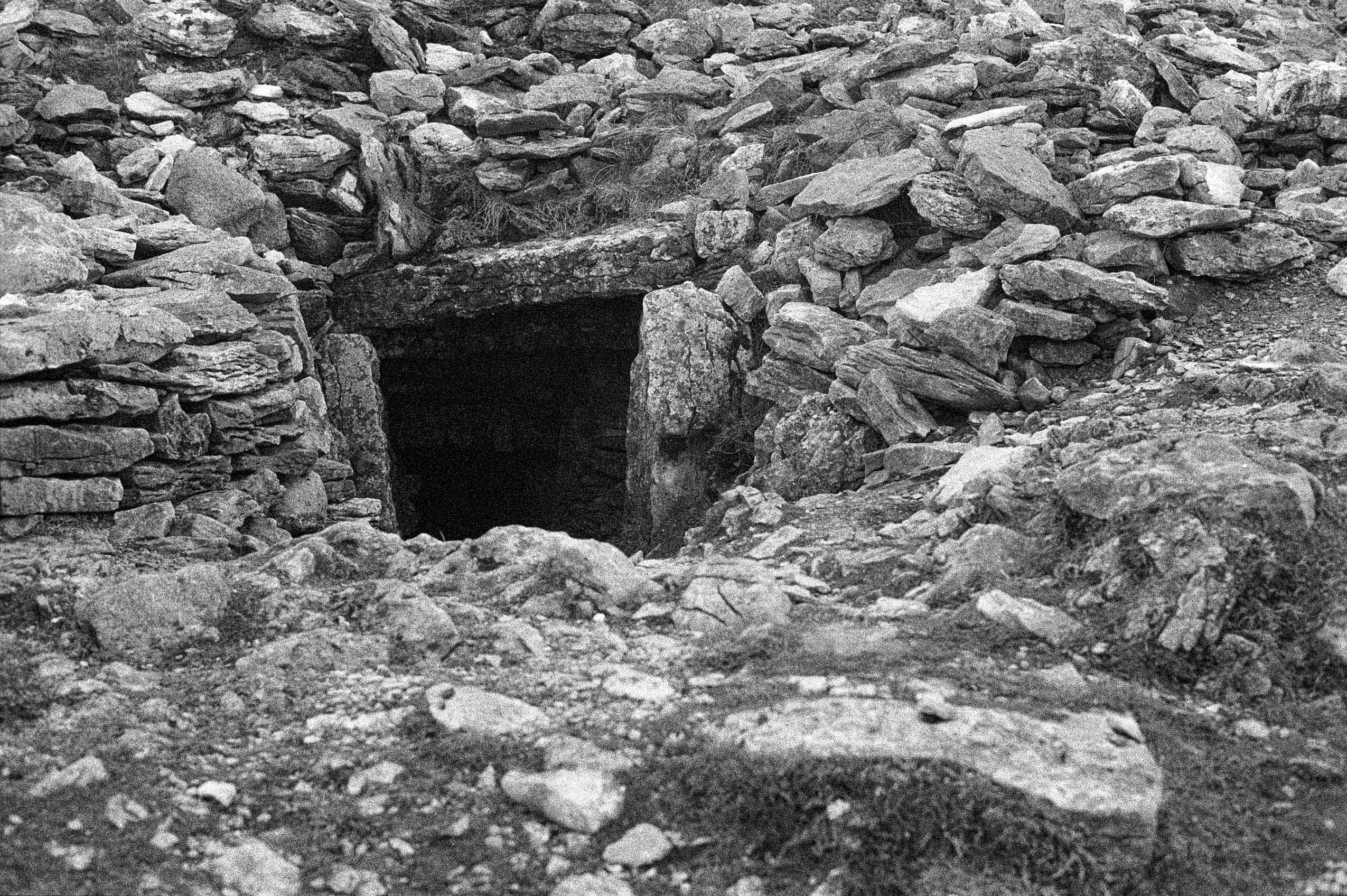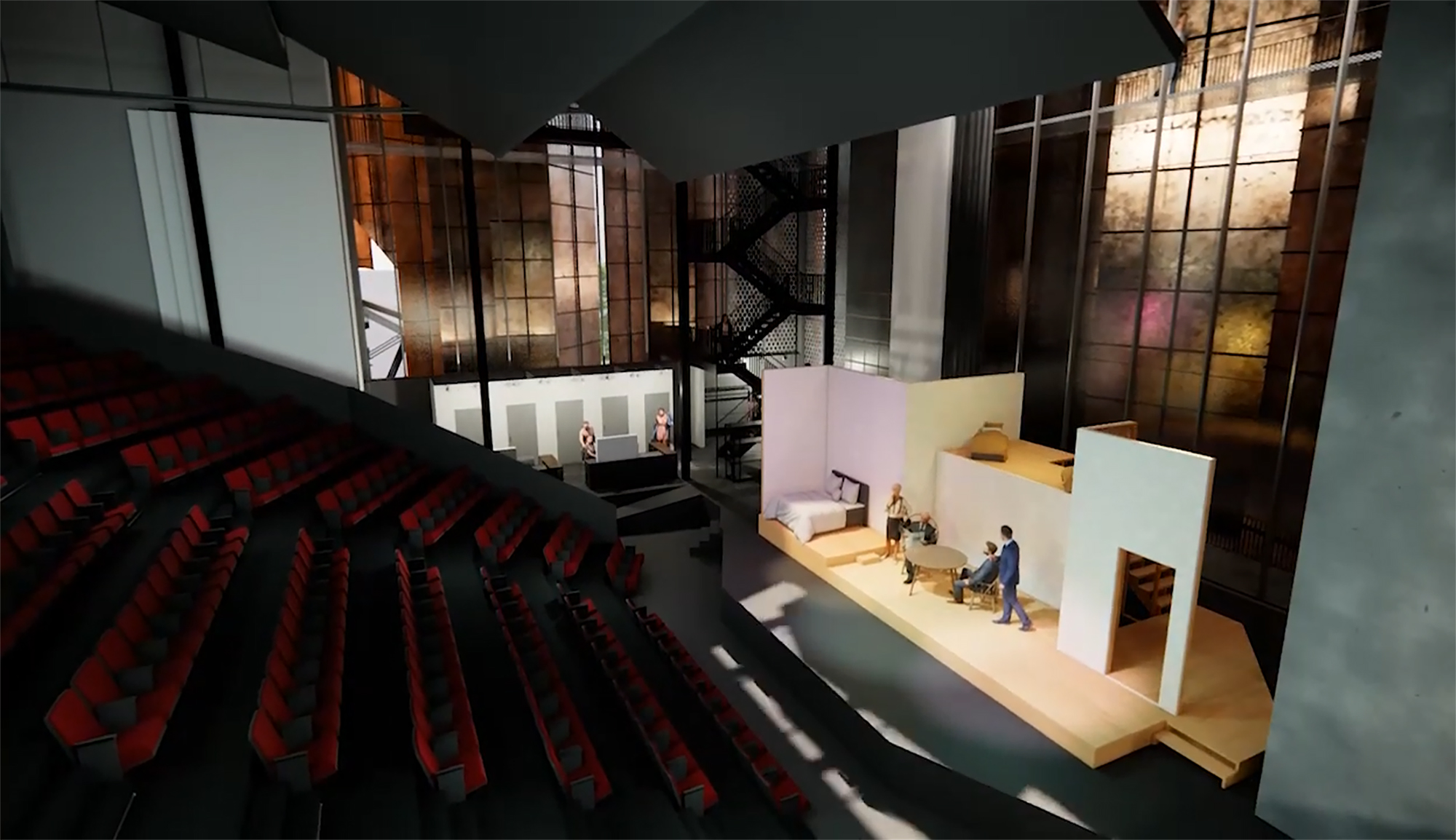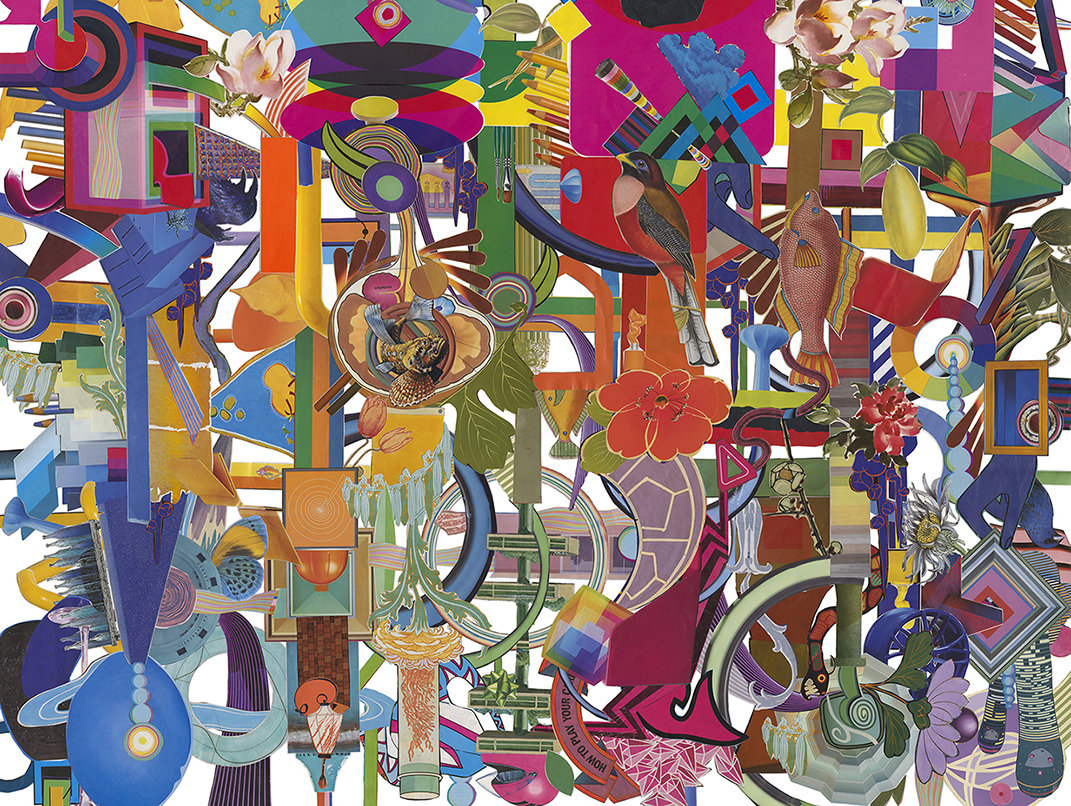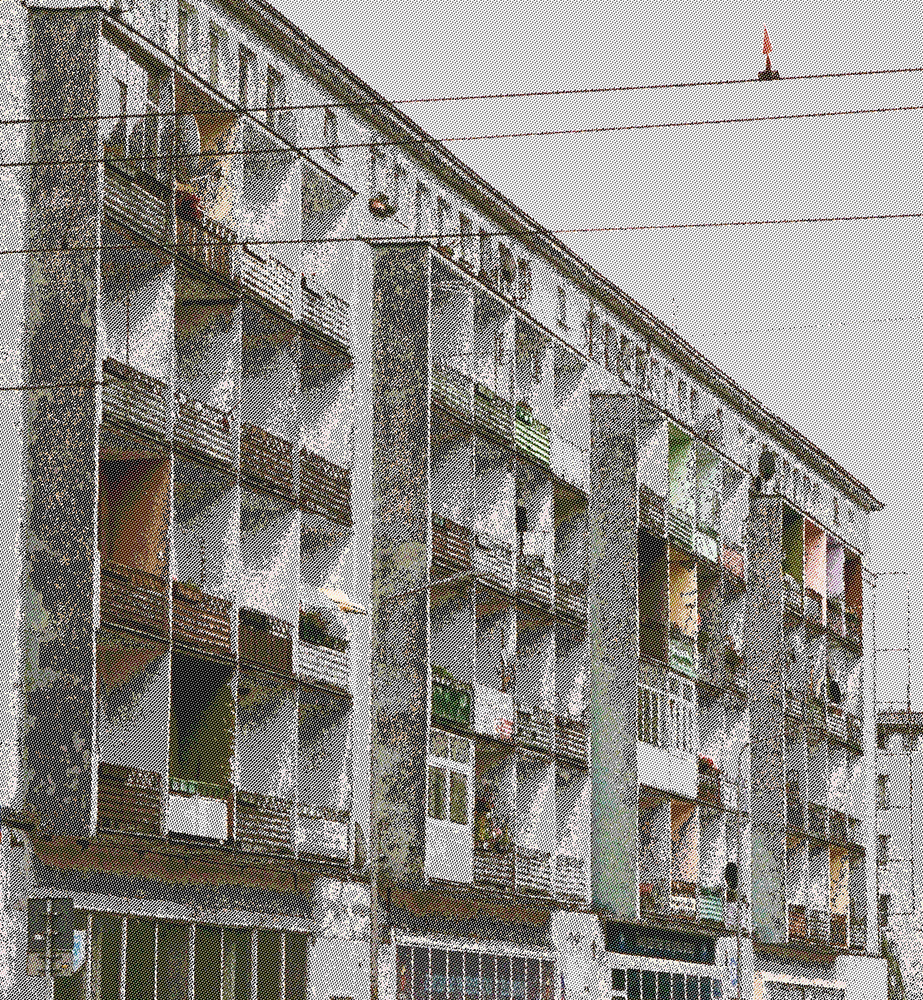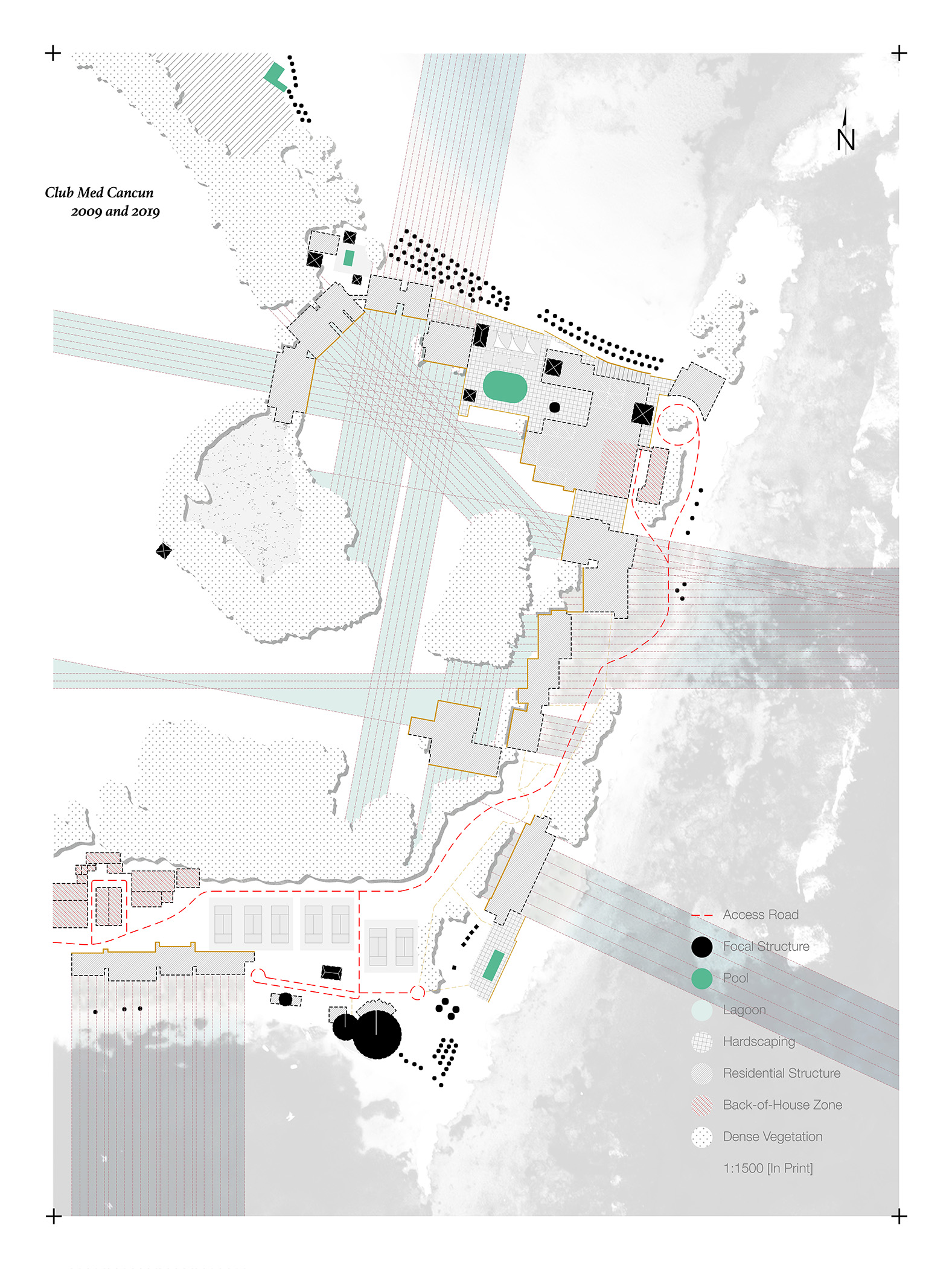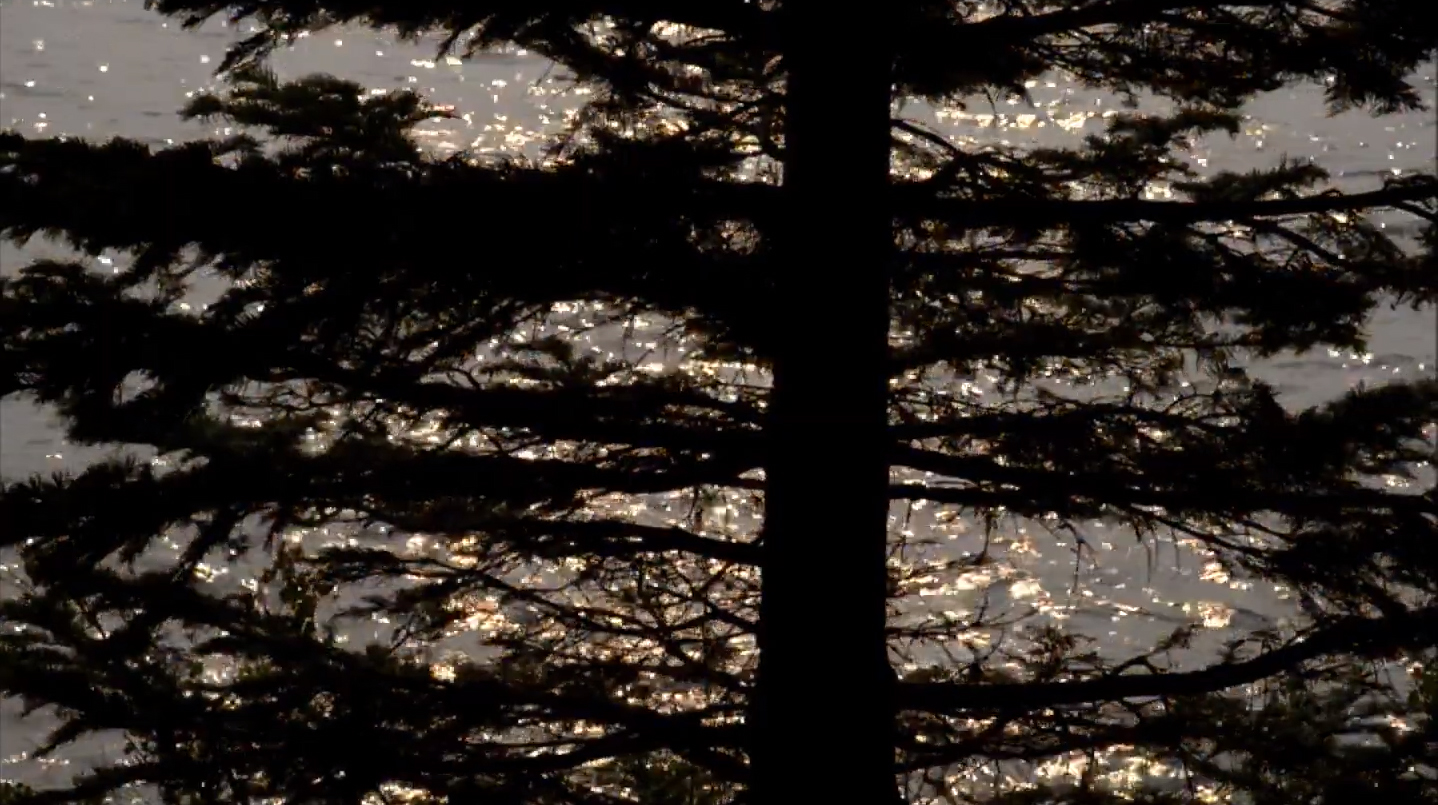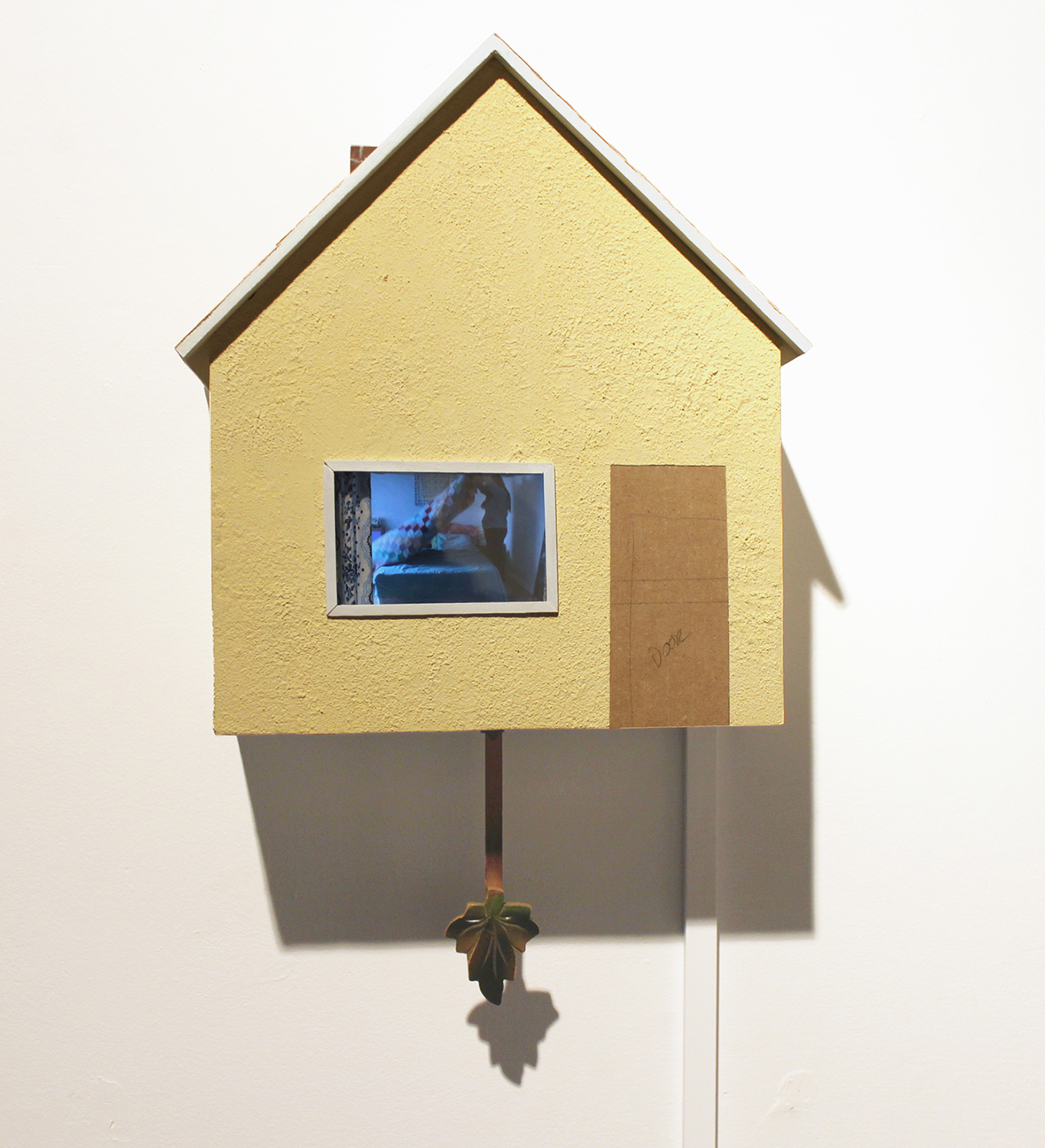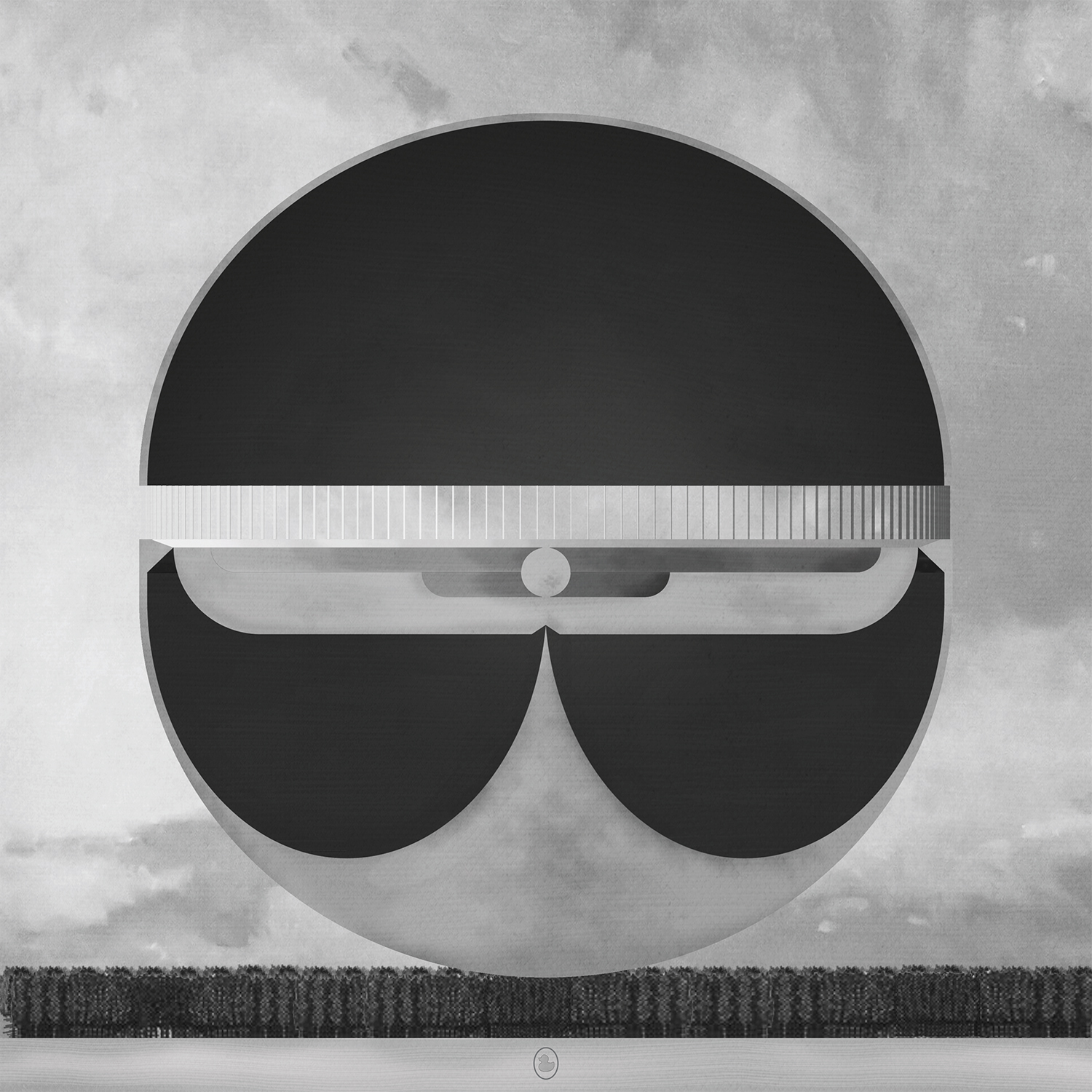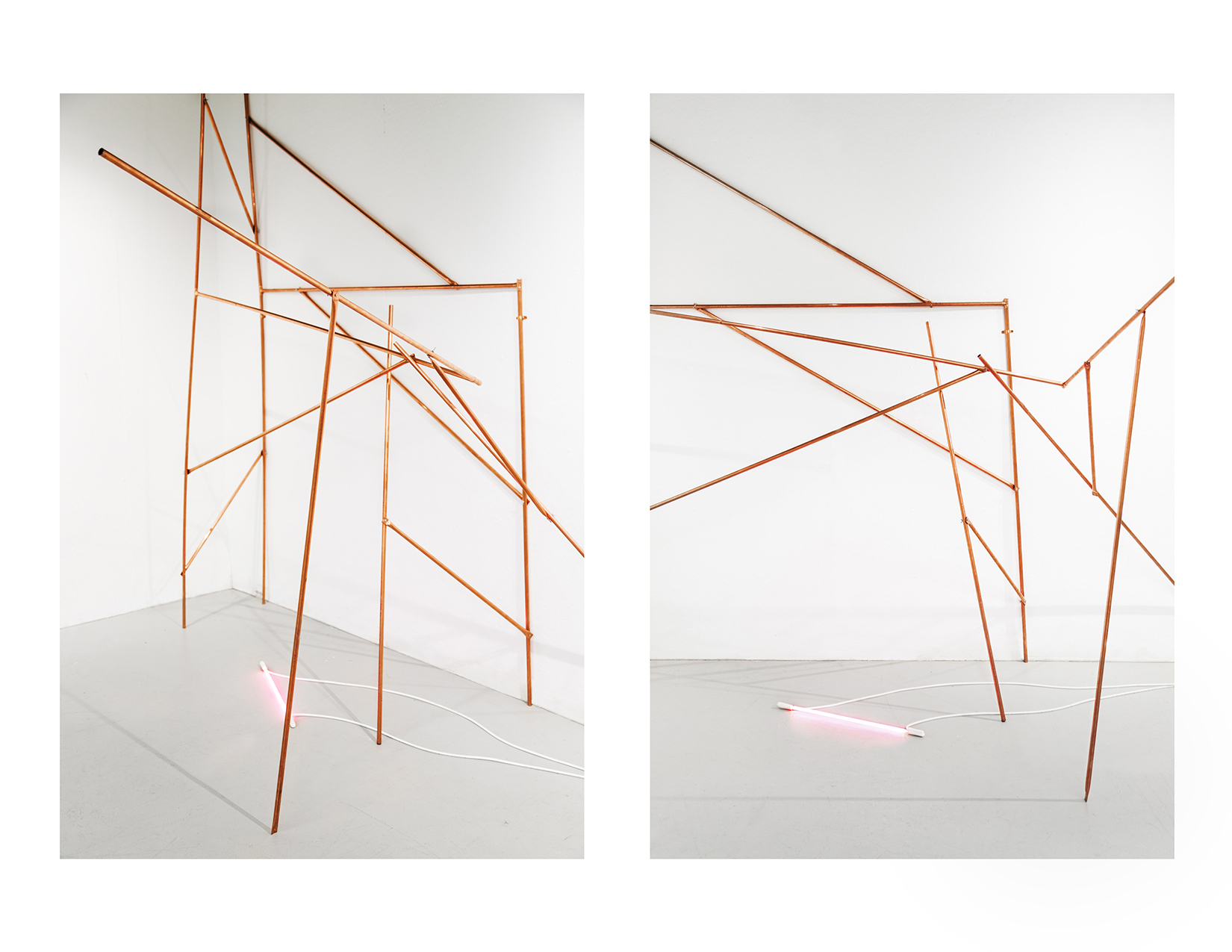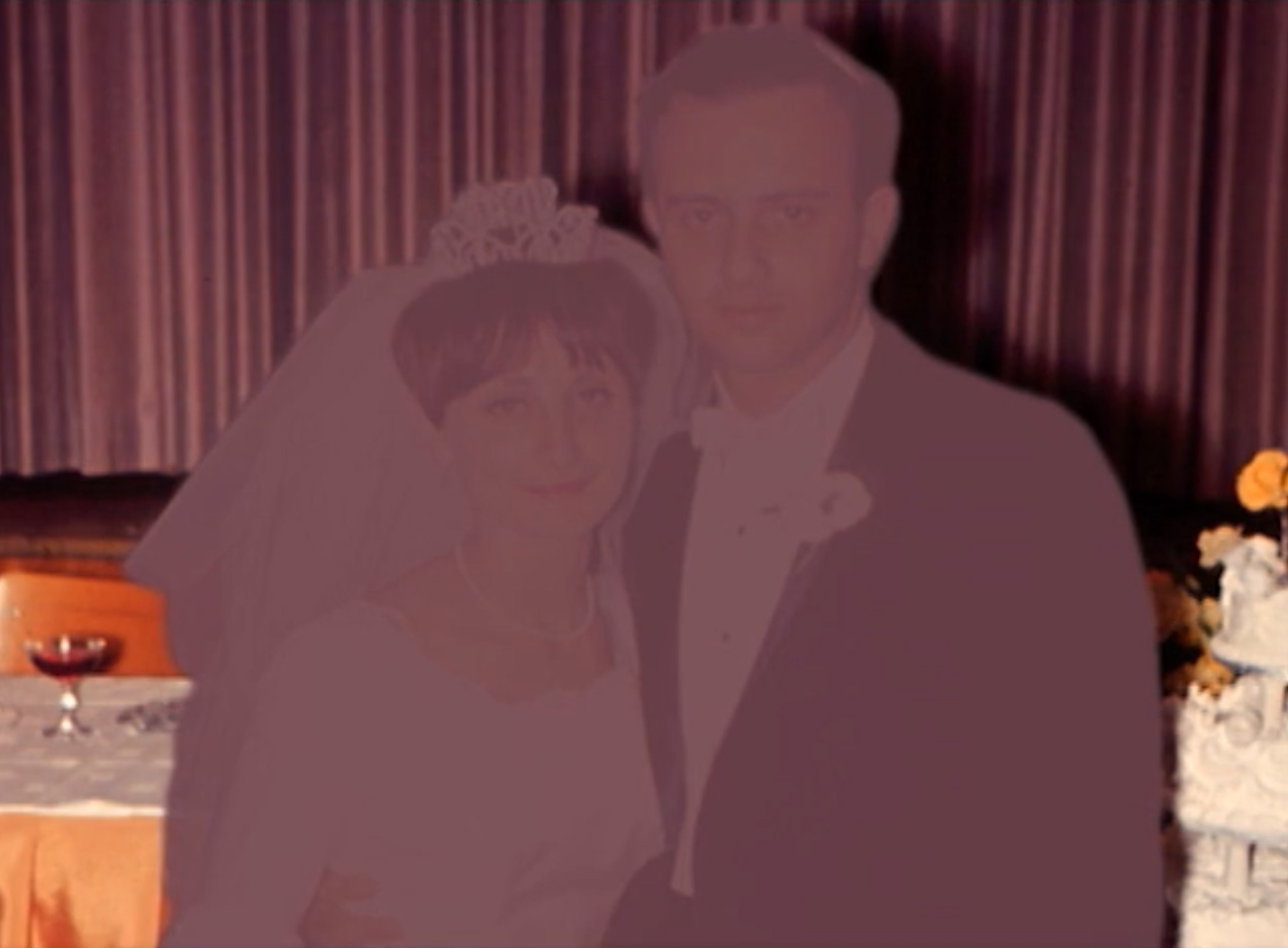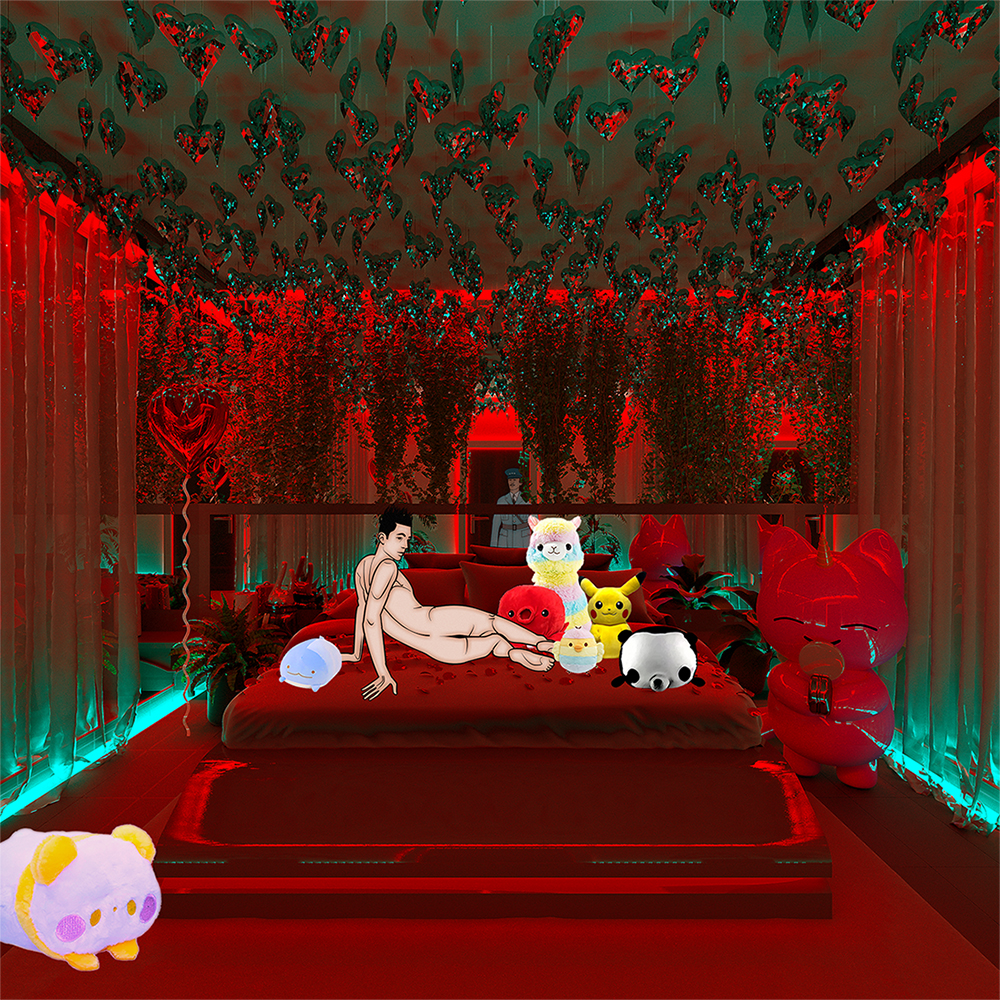R.M. Vaughan’s homes (including my own)
Ken Moffatt
Chair, Faculty of Arts, Faculty of Community Services
About the Artist
Ken Moffatt is the Jack Layton Chair, Faculty of Arts and Faculty of Community Services as well as Professor of Social Work at Ryerson University. He has recently published Postmodern Social Work focussed on how we face personal and social precariousness due to our neoliberal, capitalist economic and social structures. He considers the effect of information technology and media on our notions of freedom and subjectivity. He engages in an interdisciplinary approach to reflective pedagogy, meaning making, and student engagement with a special interest in the concept of the self. . As Jack Layton Chair, he works to keep alive the legacy of Jack Layton at Ryerson University through a commitment to social democratic ideals, to expanding our understanding of cultural space, and working against social exclusion.
About the Work
This is a memoir/ biography/ photography about RM Vaughan, curator, artist and writer who suicided in the fall, It is about his attachment (and not) to concepts of home. What is there about home that is tied to attachment and marginalization?Home is a space, location marked by physicality to be cherished. This work is site specific to artists homes in Toronto, Montreal, Berlin and yet cosmopolitan in that RM Vaughan fit none of those places. It challenges dominant architectural and social narratives as home as a permanent space rather it can be a liminal space defined by attachment (or lack of attachment), and acceptance. Home is also tied to economic ability to maintain a space as cultural worker become increasingly impoverished.
R.M. (Richard)Vaughan’s homes (including my own)
Richard often lived in other people’s homes either for a while or briefly to babysit a cat or water the plants. I am not certain why but I suspect it was not always by choice but rather for affordability. I think it also gave him comfort and belonging to live with others or among their things. He liked being familiar with our lives. Through visiting him regularly over the last while, I came to understand Richard as an anti-materialist; as a detached aesthete; and social observer with a critical eye and a certain distance.
One of the odd (to me) things about Richard was that when he was staying in someone else’s house he insisted that I come to see it. Not only see it but have a full-on visit.
Sandra Rechico’s Home
“Come visit me at Sandra’s. You won’t believe it - it is tucked at the end of the street.” Richard told me. And when I arrived it was exactly as he described it, tucked away without ostentation but with a particular beauty. Richard greeted me at the front door and immediately took me on the tour of the house. Here is where I sleep, he showed me proudly. This is the work that they are doing on the house he explained. I will tell you about Sandra and Michiel’s art he told me. Look at this adorable backyard he remarked. Another thing about Richard is that he would obsess not only to show me a place but to show me a very particular spot.
I remember one sunny afternoon sitting at Sandra’s kitchen table thinking how carefully put together the kitchen was. And also feeling a bit uncomfortable; Whose house is this? I had not met her yet. But I knew if Richard loved these people – Sandra and Michiel – they were fine by me.
I took a picture of the length of Sandra’s kitchen that afternoon because it looked so beautiful to me in the light. Now I cannot find it. I remember sun and the cat. He adored that cat and how it hung around on the window sill near to us. But still, I felt like a teenage intruder. Both of us having tea (I don’t drink tea) and talking politics, books, craft, art, and most certainly gossiping (not about Sandra).
![In Sandra's kitchen]()

There was another time Richard said he was inviting ‘boys’ over to Sandra’s for a “man barbecue.” Sandra was not in town. There we all were in Sandra’s back yard and he was proud as punch, although we were not sure there was enough food and I just wasn’t sure how we would get through without more food or a plan for the night. Also, as was my experience there was some combination of old friends of mine and a couple of new people for me to figure out. That is what is was like with Richard. I remember Keith Cole asking “what sort of a barbecue was that? – Richard’s heart in the right place, but not very thought through.” But, as so often turned out, what started out clumsy ended up with us all lounging around Sandra’s living room as if it was our own, or at least Richard’s.
Dawn Aronson’s house
“I will be staying in this adorable apartment Kenny, you have to come visit.” He called me Kenny, a name I did not allow people to use, since my aunts called me that as a child. I made an exception for Richard, since I knew Kenny was filled with affection. This was Dawn’s house I was to visit. I had no idea who Dawn was and wondered what she thought of me holing up in the cozy bedroom in the middle of the long apartment.

But of course, Dawn’s home was uber cool (at least to me) and he knew that. When I arrived, he walked me through the apartment but he also talked me through Dawn’s impressive labour of love, her art, her craft and explained to me their history, going back to New Brunswick. And all about her partner, Michael, too. Once again, he showed me this home with great pride. I said “Richard, who are these people? This place is so cool. It would be nice for you to get a place like this.” Often, with Richard I volunteered advice not bidden.
In Dawn’s house the politics of the cats were carefully explained. Not to let this one out. Which one I might not see for a while. Which one will claim the cat pole in the bedroom. He showed me how he fed the birds off the porch, which seemed messy. And pointed out a hunk working on his car in the alley.
![In Dawn's apartment]()

As with Sandra, he insisted I meet Dawn and Michael on a later visit. He arranged that I meet Dawn first because he strategized these encounters. And, clumsy and I think a bit shy, we sat all three together in this adorable downscale buffet-style restaurant he wanted to show me in the neighbourhood. As I recall, it was freezing cold inside since it was bitterly cold outside. So cold that we kept our coats on in the restaurant.
He really insisted that his people get to know each other. The next day we visited both Dawn and Michael and plunked ourselves at the big table in the front room and we stayed - or overstayed, as was my impression. Lots of bonhomie with a touch of tension (for me at least). Very Richard.
My own two homes
Osler
When George and I separated (but didn’t) and when I still lived in our Osler Street house (but didn’t), Richard moved in. I felt we were like family to Richard (but couldn’t be adequately because we were a fractured family ourselves). There it was again that fuzzy intimacy with a soupcon of tension that I had come to know and now wanted in my life.
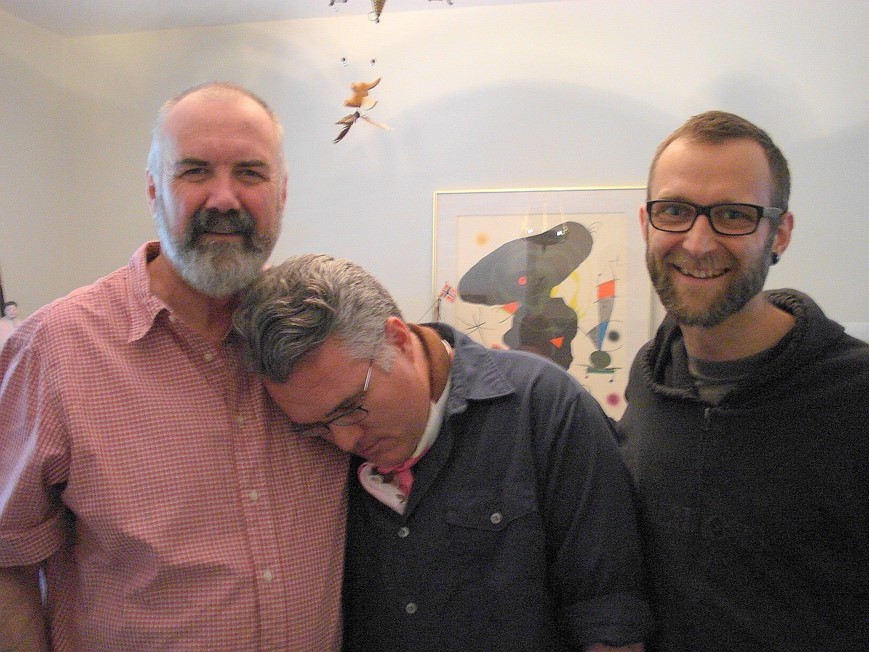
It made sense though. Richard needed a place to stay. Richard knew George all the way back to New Brunswick. Richard made George and I feel special and arty. We needed another person around.
And there was a room, a little room at the back of the house. That was Richard’s room. It seemed like a perfect between-place at that time for Richard, for us between times and between relationship, with Richard both our present and past.
And in the room, he could put little plants on the window in the morning light, he could close the door for hours and write or watch bad movies on his laptop. He could watch the birds and squirrels in the apple tree in the backyard. But once that door closed it was if it was that door was steel - there was a long distance and deep silence.
The Bear Den
Richard got to know, and was interested in, my many homes too, including the condo where my partner Scott and I live. As he moved from place to place, he also lived through my life changes and change of homes.
When I told Richard that the condo was too small so Scott and I rented outside of the city for the first wave of COVID, the first thing he said was “You didn’t get rid of the bear den did you? Keith and I love the bear den!” The bear den ; I think he was the one who named it. If not Richard then Keith. It is still filled with Richard: his poetry, fiction and non-fiction on my bookshelf, carefully crafted postcards he sent by mail; thank you cards for dinners he had with us; votive candles decorated with collage by Richard that he insisted I carry home from the New Brunswick visit. There are also a hand carved table lamp and small wooden sculpture of a man in front of sugar shack which I bought when Richard talked the owner of a shop in Montreal to open his back room for me, as well as handcrafted hooked coasters from Fredericton. So much Richard in that small space. So many gifts.
I have not mentioned how he obsessively shopped for cheap little objects and how he delighted the more absurd, sweet or camp they were. If he stayed in the bear den while I was away by the time I returned home the window sill would be covered with many plastic figures or paper crafts from Chinatown. Very often they were organized in an installation or as a tableau. “I can’t help it.” he once said to me. There are still ephemera in the bear den.
His Berlin Home
Most surprising of Richards homes in the last few years was his apartment in Berlin. This was his own space. Richard was away when Scott and I visited there. We were surprised it was so sparse with so little comfort. It appeared as if he was living a monk’s existence. He has an odd relationship to comfort in that he did not need it. He also had a life independent of material pleasures unless they were dollar store trinkets or crafts.
The Berlin apartment seemed patched together with found furniture and objects possibly for the purposes of an aesthete or because of bohemian poverty. A long board on horses to make a table, a couple of uncomfortable mismatched chairs. And, of course, just outside the window on a balcony the feeding station for birds who were making a terrible mess as they ate.
It was impossible to find the switch in the hallway to keep the light on long enough to get the key in the lock. Inside, the walls all white, the rectangular barren room looking out to sliding doors. But also, just inside the door was an elaborate installation of twigs and dried flowers with plastic dollar store objects. I knew it was a witch’s spell, I knew it was for us, and I knew it was all good.
I was terribly ill while on that trip and I cursed his mattress on the floor and my inability to find a place to put down the hot meds I was taking. God, I thought this is uncomfortable. Then I realized that this is a man who lived for art. It was cold in Berlin, freezing cold.
But, as always being in Richard’s home, I felt privileged to know him, I knew it was a tremendous compliment to be invited in – he was particular - and I was part of an international bohemia. Home for me with Richard was being watched over, being invited in, being invited along, kept in close, and unconditionally supported to find my own voice.
I can hear him say: “That’s good Kenny, writing about home. I will buy you a little pad to keep in your pocket and you can write your ideas there.”
That house in Fredericton
Of course, the Fredericton house was adorable. Of course, it was a beautiful Victorian that was carefully decorated in a downmarket way. It was a sabbatical rental.
He was excitedly at the door as I arrived, wanting to know which cab driver drove me from the airport. He gave me the tour that was precise: the house, the backyard, a nearby craft shop, his office on UNB campus, the river, and the bridge.


